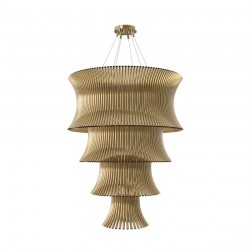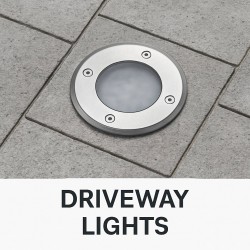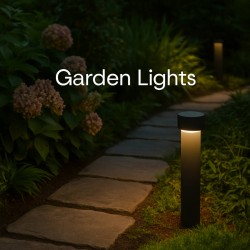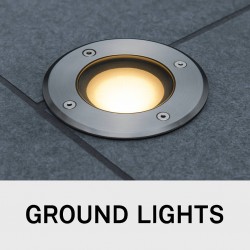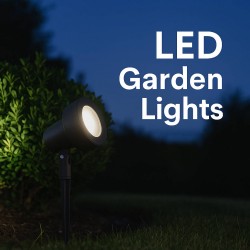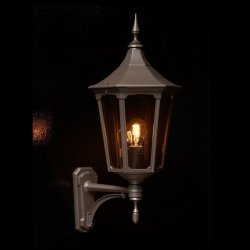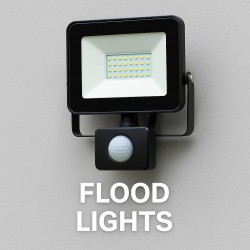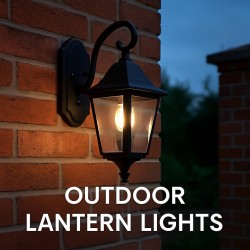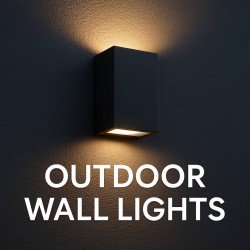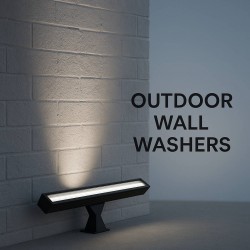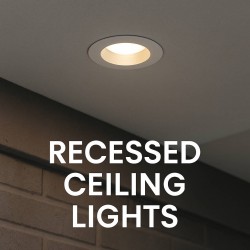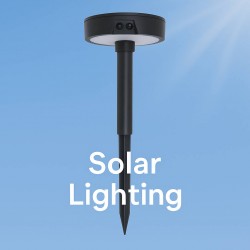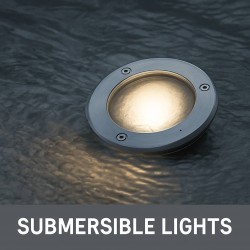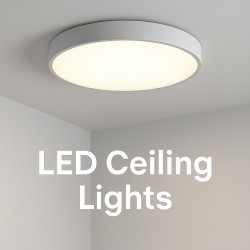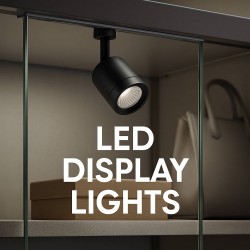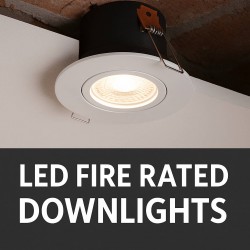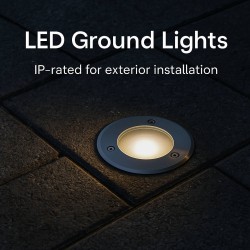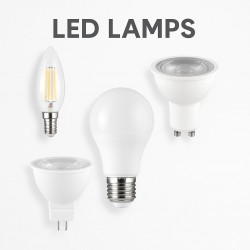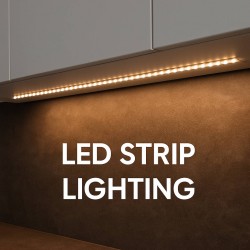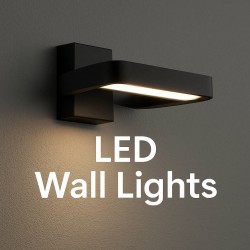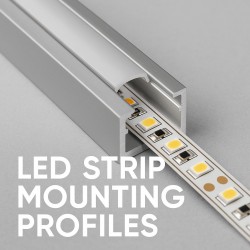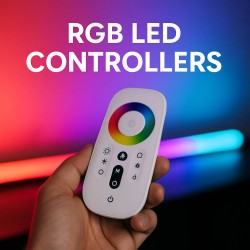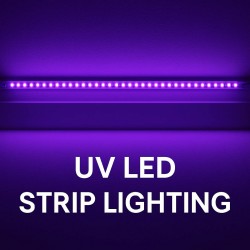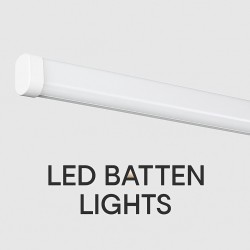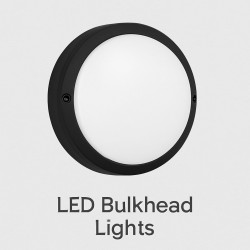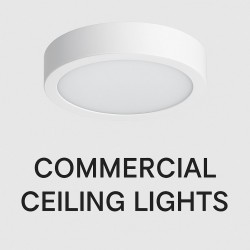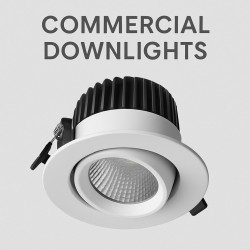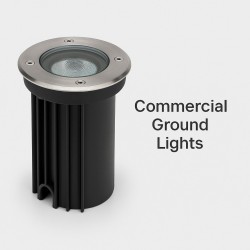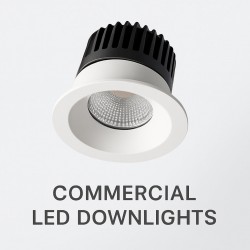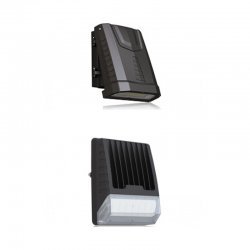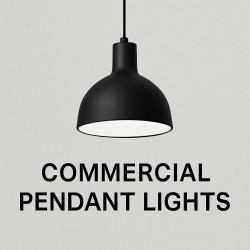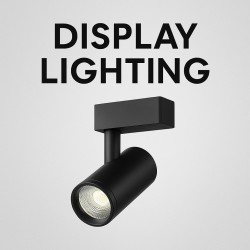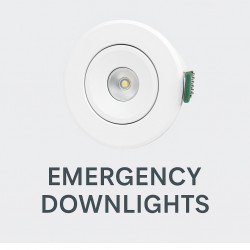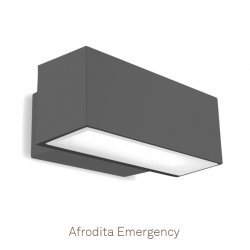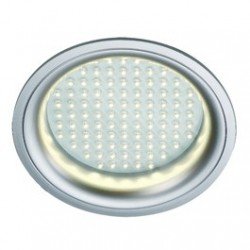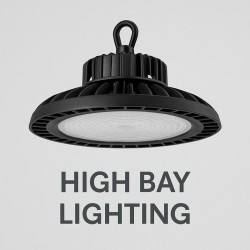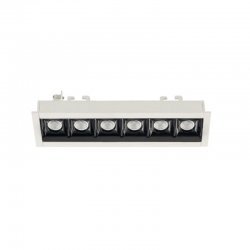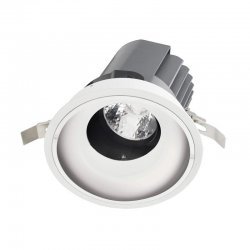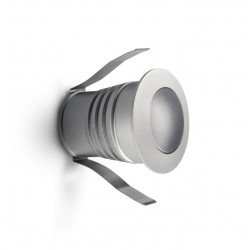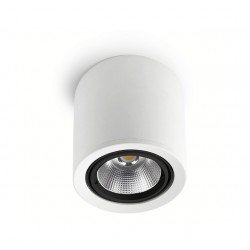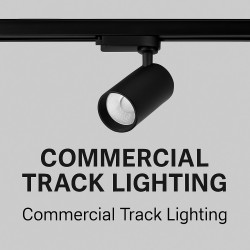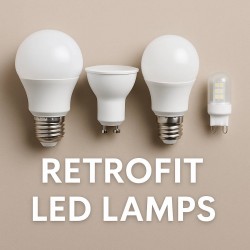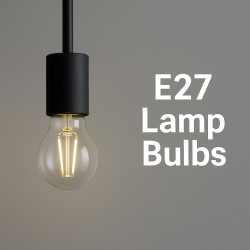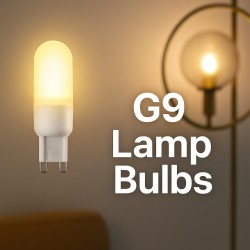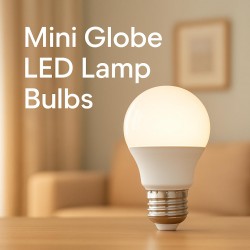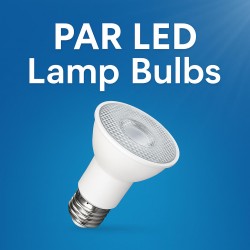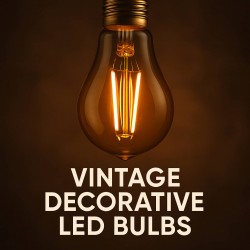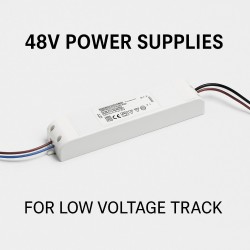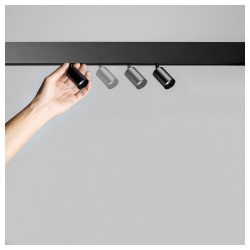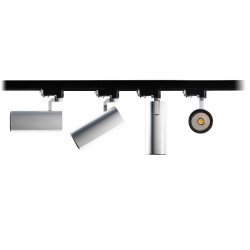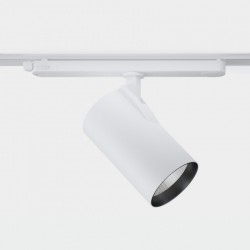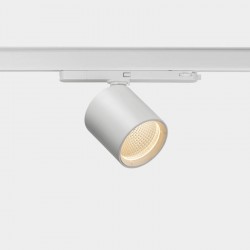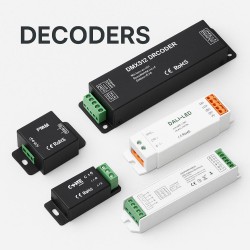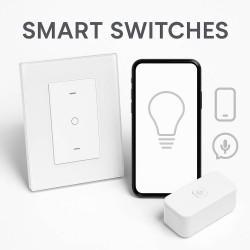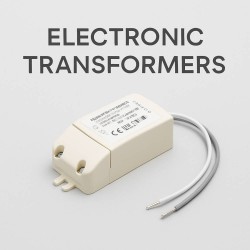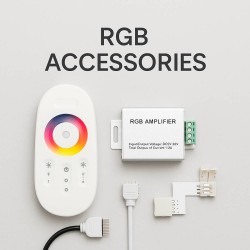Bathroom Lighting Guide
Bathroom Lighting
Bathroom lighting refers to the use of lights in a bathroom to provide illumination and enhance the overall aesthetic of the space. Bathroom lighting should be bright enough to allow you to see clearly while performing tasks such as applying makeup, shaving or brushing your teeth, but it should also be able to create a warm and inviting atmosphere. Common bathroom lighting fixtures include overhead lights, sconces, vanity lights, and recessed lighting. It's important to consider factors such as the size of the bathroom, the height of the ceiling, and the type of tasks performed in the room when choosing and positioning your bathroom lighting.
Safety and bathroom lighting UK
In the UK, bathroom lighting must comply with the electrical safety standards set out in the IET Wiring Regulations (BS 7671). Some key safety considerations for bathroom lighting in the UK include:
- Zone classification: Bathrooms are divided into different zones, based on their proximity to sources of water, and lighting fixtures must be suitable for use in these zones. For example, lights over a bathtub or shower must be suitable for use in Zone 0 (the area inside the bath or shower itself), while lights above a sink must be suitable for use in Zone 1 (the area immediately around the bath or shower).
- IP rating: The IP (Ingress Protection) rating is a measure of a lighting fixture's protection against dust and moisture. Lighting fixtures used in the bathroom must have an IP rating of at least IP44 to be considered safe for use in a damp environment.
- RCD protection: Residual Current Devices (RCDs) are safety devices that protect against electrical shock by breaking the circuit if a dangerous amount of current is flowing. RCD protection is required for all lighting circuits in bathrooms in the UK.
- Brightness: Bathroom lighting must provide bright and even illumination to ensure safety. The level of brightness required will depend on the size of the bathroom and the type of activities performed in the space.
It's important to have bathroom lighting installed by a qualified electrician who is familiar with the IET Wiring Regulations and local building codes. This will ensure that your bathroom lighting is safe and complies with all relevant safety standards.
Bathroom lighting design and style
Bathroom lighting design and style can greatly impact the overall look and feel of your bathroom, so it's important to choose the right fixtures for your space. Here are some popular bathroom lighting design styles in the UK:
- Task lighting: Task lighting is essential for tasks such as shaving, applying makeup, and brushing your teeth. Wall-mounted sconces, recessed lights, and vanity lights are all popular choices for task lighting in the bathroom.
- Ambient lighting: Ambient lighting creates a warm and inviting atmosphere in the bathroom. Overhead lights, recessed lights, and ceiling-mounted fixtures are popular choices for ambient lighting.
- Accent lighting: Accent lighting can be used to highlight specific areas of the bathroom, such as artwork, a bathtub, or a shower. Recessed lights, wall-mounted sconces, and LED strip lights are popular choices for accent lighting.
- Natural light: Natural light is an important element in bathroom lighting design. Make sure to position your bathroom lighting fixtures in a way that allows natural light to enter the space, or consider installing a skylight to bring in additional light.
When choosing your bathroom lighting fixtures, consider factors such as the size of your space and your colour finish.
Click here to view our bathroom lighting products.







